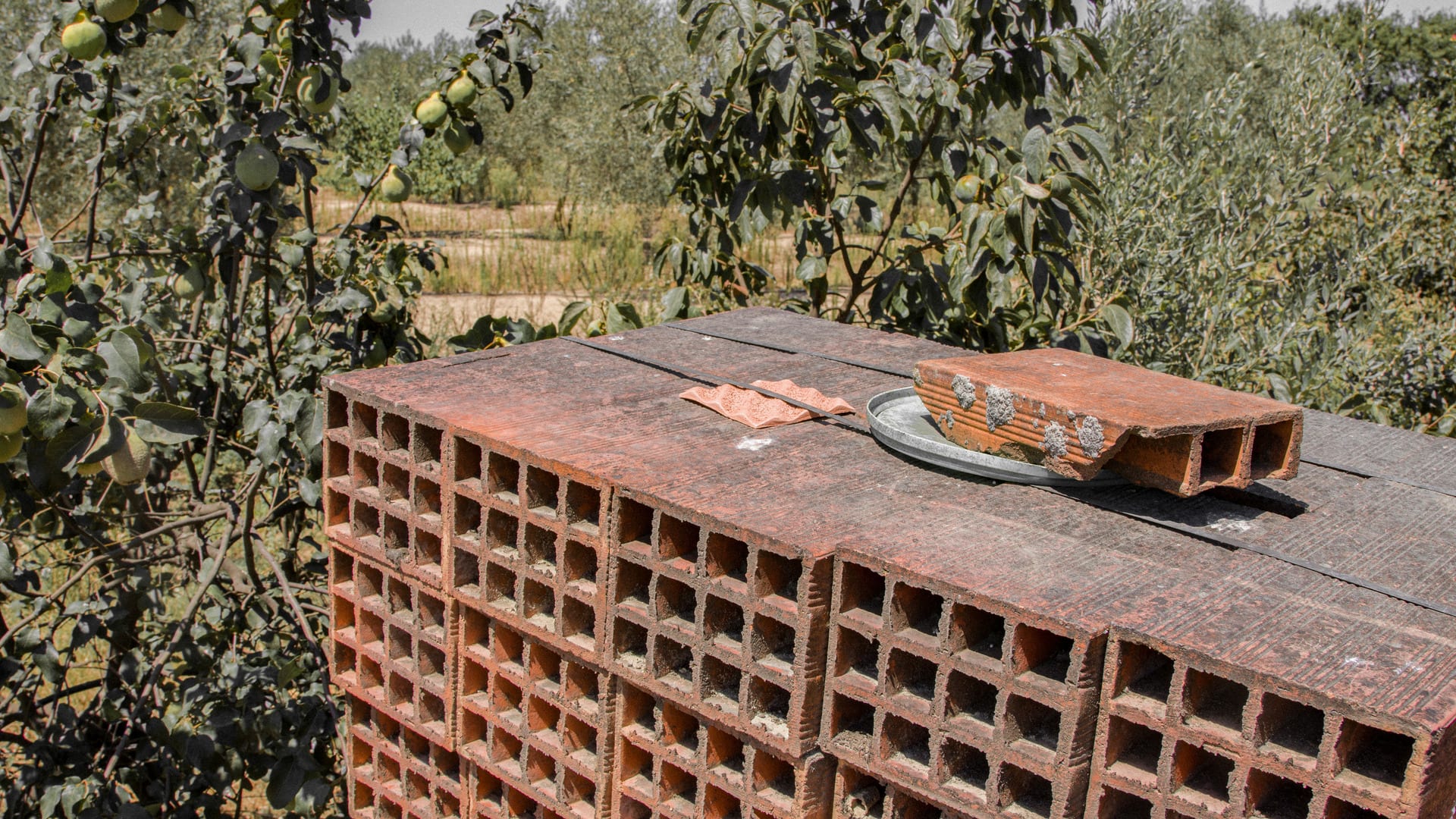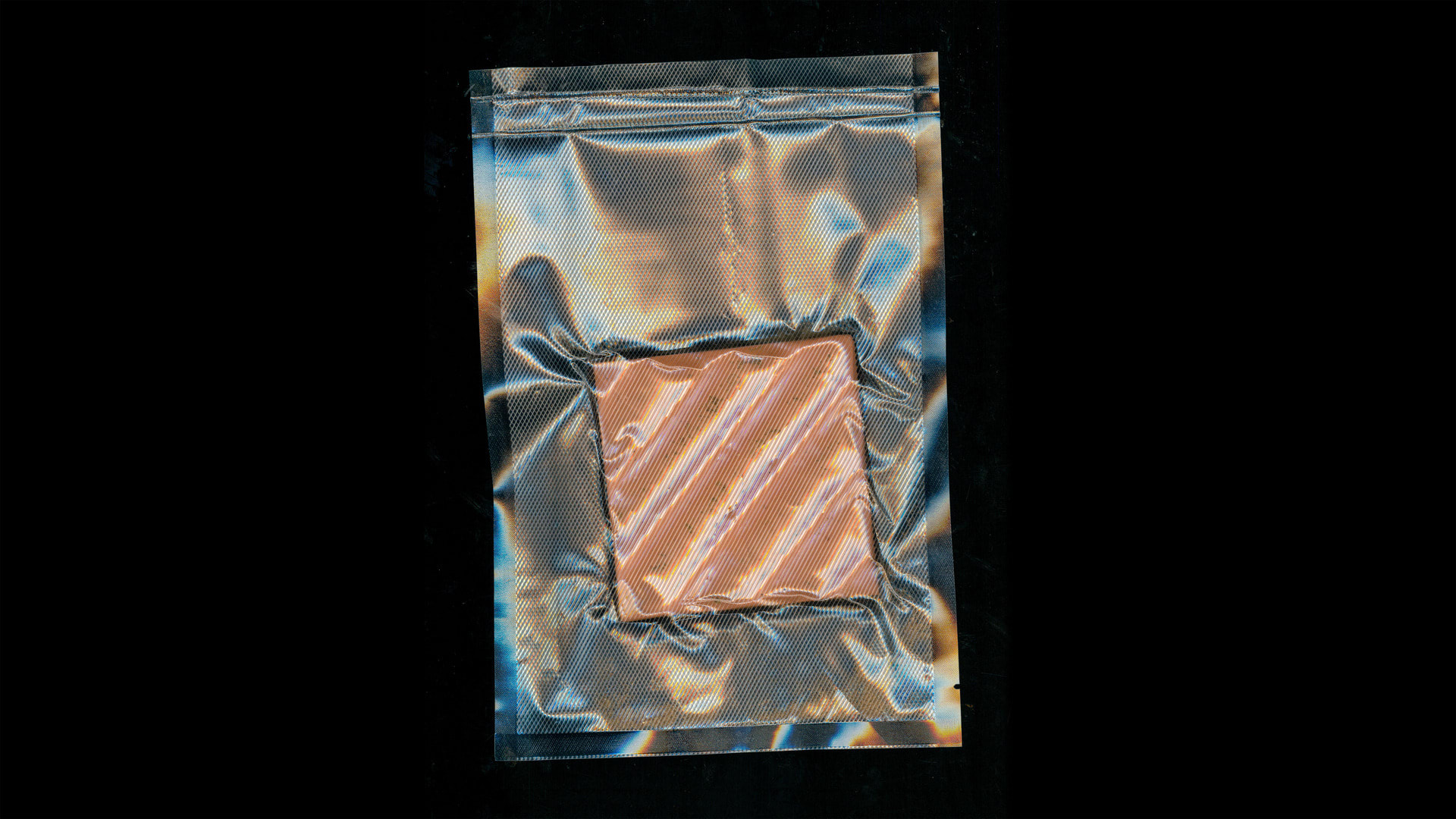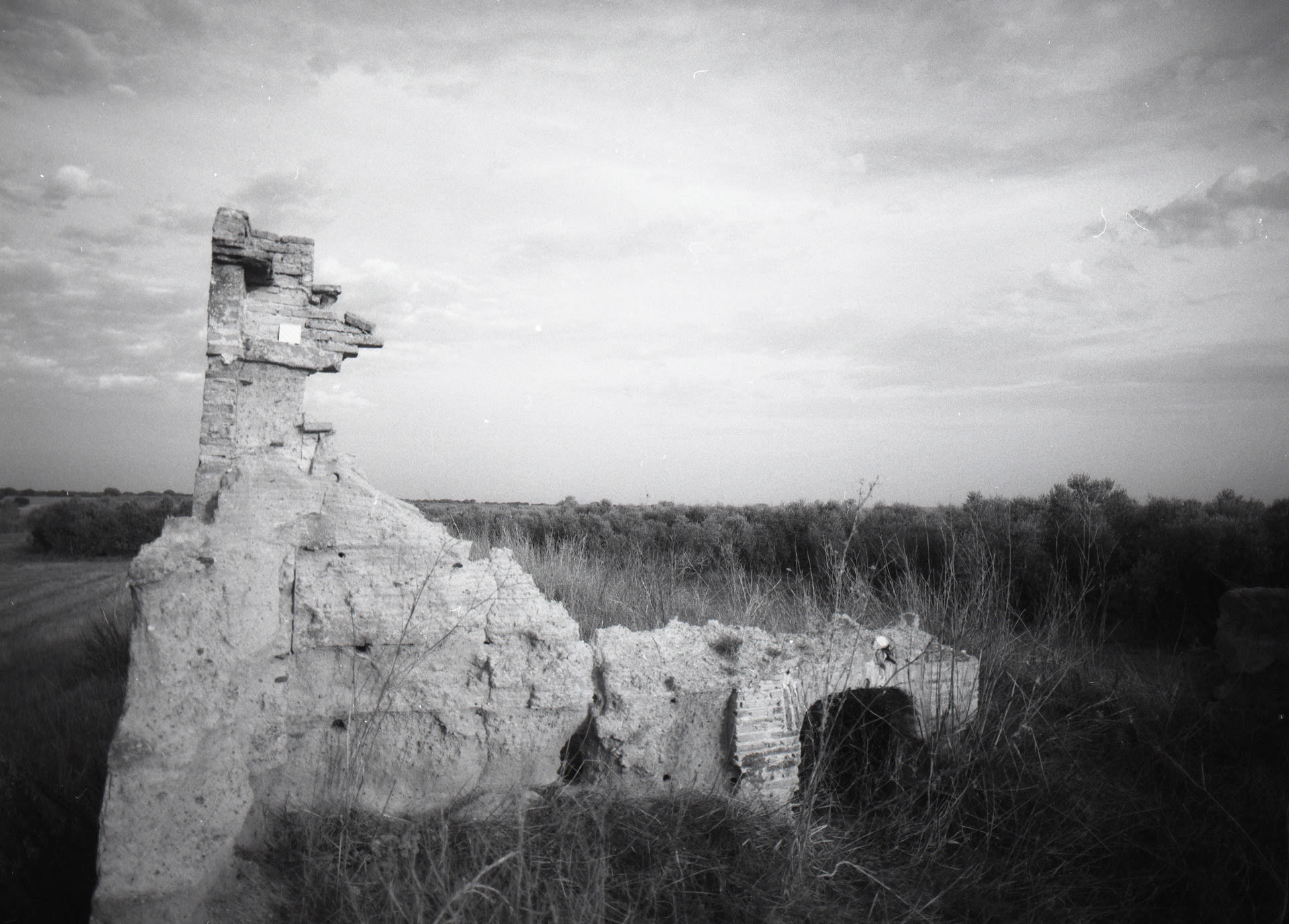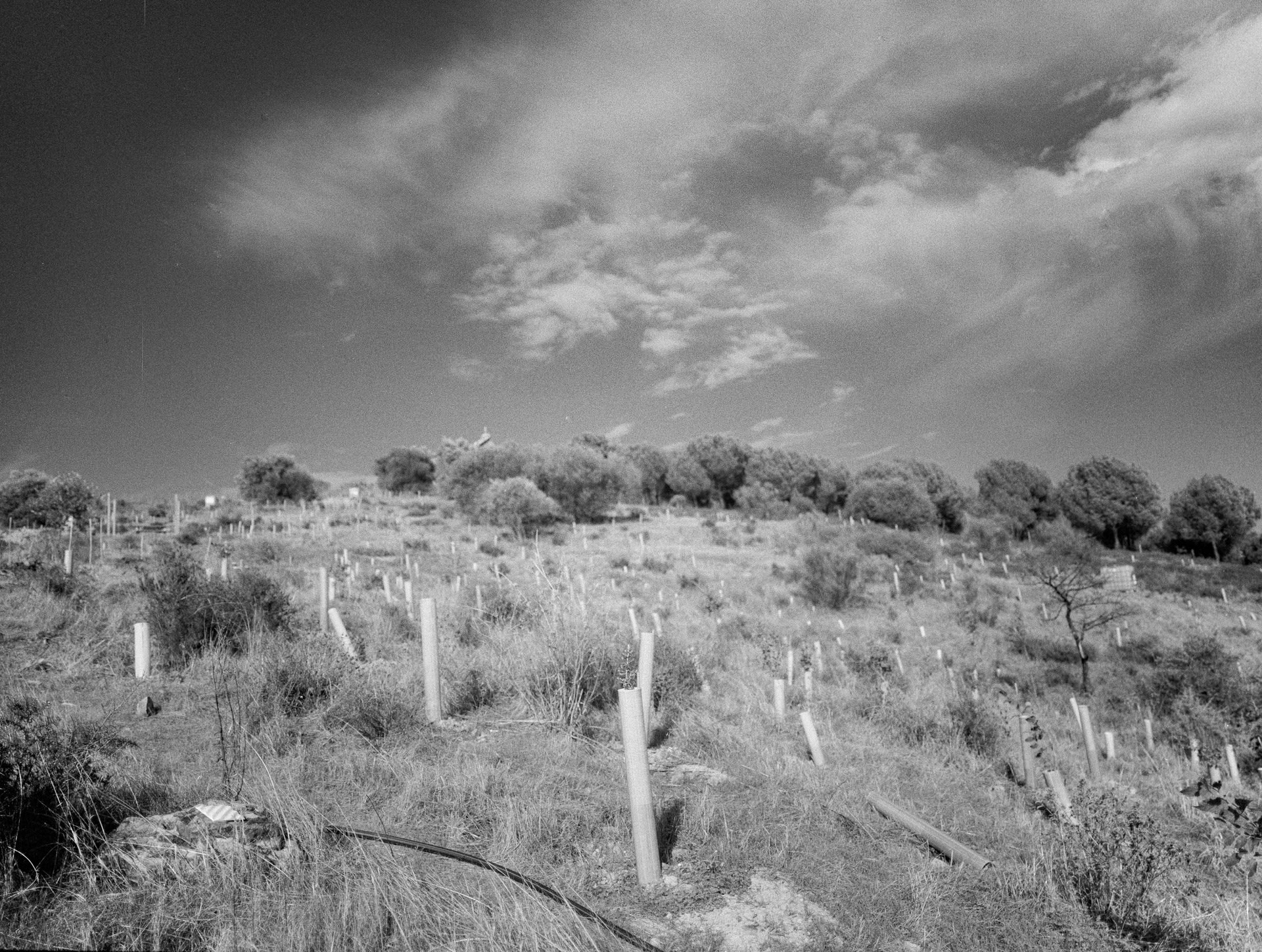Luke is a spatial designer and environmental researcher whose work investigates the themes of sensing, consumption, porosity and contamination. With a deep interest in craft practices, Luke is interested in exploring how traditional artistic mediums, such as ceramics and analogue photography, can be practised to engage with and communicate current social, political and environmental conditions.
Prior to studying at the Royal College of Art, Luke earned a Bachelors Degree in Design at Goldsmiths, University of London. It was here that Luke began exploring the themes of porosity and consumption as a means of referring to the relationship between human and material bodies and the matter that enters into these porous subjects.






















